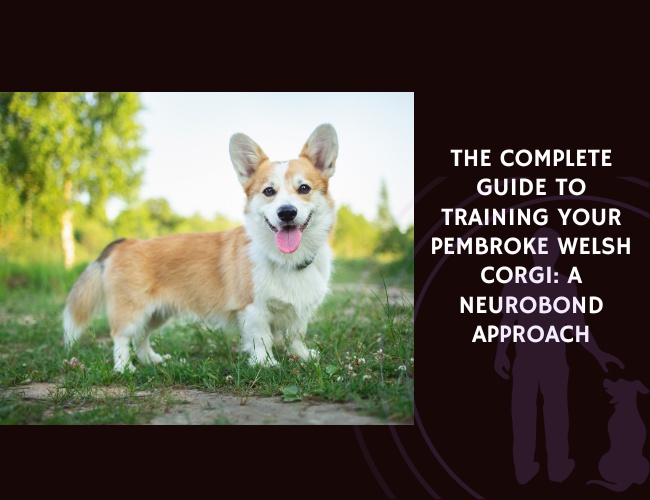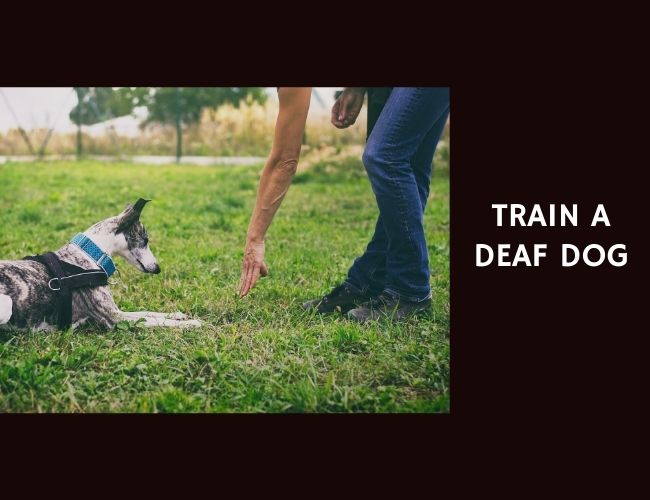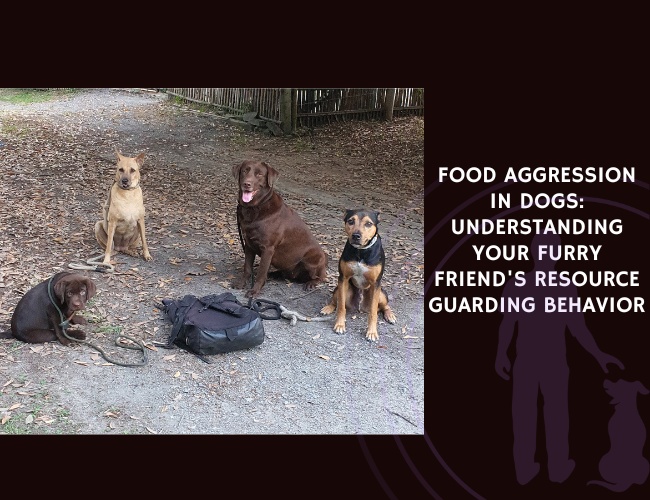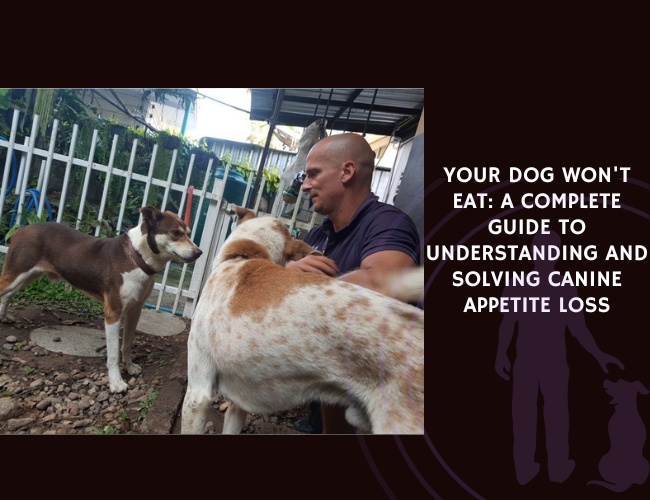Introduction: Understanding Your Corgi’s Ancient Partnership
Your Pembroke Welsh Corgi carries within them centuries of Welsh farming wisdom—a heritage that shaped not just their distinctive appearance but their entire approach to learning and connection. These remarkable dogs, once the trusted partners of Welsh farmers moving cattle across challenging terrain, bring a unique combination of fierce independence and deep loyalty that can transform your training journey from a struggle into a dance of mutual understanding.
The NeuroBond approach recognizes something fundamental about your Corgi: they weren’t bred to be servants, but partners. This distinction changes everything about how we approach their training. Where traditional methods might clash with their independent spirit, the NeuroBond philosophy embraces it, channeling that herding intelligence into a collaborative relationship that honors both your leadership and their instinctive wisdom.
You might notice your Corgi watching you with those alert, intelligent eyes, processing every movement, every pattern, every routine. This isn’t mere observation—it’s the active engagement of a mind that evolved to make split-second decisions while moving animals ten times their size. Let us guide you through understanding and working with this remarkable intelligence, not against it. 🐾
Character & Behavior: The Herding Mind in Your Living Room
The Independent Thinker
Your Corgi’s independence isn’t defiance—it’s the expression of centuries of selective breeding for dogs who could work at a distance from their handlers, making autonomous decisions about livestock movement. This means your furry friend processes commands through their own internal logic system, evaluating whether your request makes sense in their current context. In the NeuroBond framework, we don’t suppress this evaluation process; we become part of it.
When your Corgi pauses before responding to a command, they’re not being stubborn—they’re processing. Research shows that herding breeds engage different neural pathways than purely companion breeds, activating both the prefrontal cortex (decision-making) and the motor cortex simultaneously. This dual activation creates that characteristic “thinking pause” you might notice before your Corgi acts.
Sensitivity and Spatial Awareness
Corgis demonstrate what behaviorists call “pressure sensitivity”—an acute awareness of spatial dynamics inherited from their herding ancestry. They’re keenly attuned to body language, positioning, and environmental pressure zones. This sensitivity means that heavy-handed training methods don’t just fail; they can trigger anxiety responses rooted in their amygdala’s hypersensitivity to perceived threats.
Your Corgi experiences the world through invisible pressure bubbles—zones of comfort and influence that affect their behavior. Standing too close during training might push them out of their learning zone, while finding that sweet spot on the edge of their flight zone keeps them engaged and receptive. This is why the NeuroBond approach emphasizes working with spatial dynamics rather than forcing proximity.
The Herding Drive Paradox
That adorable ankle-nipping your Corgi puppy does? It’s not aggression—it’s frustrated herding behavior seeking an outlet. These dogs were bred to control movement, and in the absence of livestock, they’ll attempt to herd children, other pets, or even you. The NeuroBond method doesn’t punish this instinct but redirects it into structured activities that satisfy the underlying need while establishing appropriate boundaries.
Training Philosophy: Connection Over Control
Building the Invisible Leash
The NeuroBond approach begins not with commands but with connection. Your Corgi’s ancestors worked with farmers through subtle communication—a glance, a whistle, a slight shift in posture. This heritage means your Corgi is already primed for the kind of intuitive connection that forms the foundation of NeuroBond training.
Rather than starting with “sit” or “stay,” we begin by establishing what we call the “check-in reflex.” This is teaching your Corgi that looking to you for guidance in moments of uncertainty is always rewarded. It’s not about constant eye contact—that would be unnatural and stressful. Instead, it’s about creating a default behavior where your Corgi naturally references you as their secure base when navigating the world.
The Dog as an Operating System
Think of your Corgi as a sophisticated operating system—one that’s been programmed through thousands of years of selective breeding. What you input through experiences and interactions determines the output in behavior. Zero effort in building connection leads to zero reliability in responses. But full investment in the relationship creates a dog who chooses proximity and cooperation voluntarily.
This means every interaction is training. That moment when your Corgi brings you a toy? That’s training. When they follow you to the kitchen? Training. When they settle near you while you work? Training. The NeuroBond method recognizes these micro-moments as opportunities to reinforce connection rather than seeing training as isolated sessions.
Respecting the Thinking Dog
Your Corgi’s intelligence demands respect. They’re not robots to be programmed but thinking beings with their own logic systems. When we present a training scenario, we’re not demanding blind obedience—we’re offering a problem for them to solve. The magic happens when they discover that cooperating with us is the most rewarding solution.
This shift in perspective transforms resistance into engagement. That “stubborn” Corgi who won’t come when called in the backyard? They’re not defying you—they’re telling you that whatever they’re doing is more rewarding than compliance. The NeuroBond approach asks: “How can we make cooperation the most interesting choice?”
Early Development: The Critical Windows
The 3-16 Week Foundation
Your Corgi puppy’s brain is remarkably plastic during the critical socialization period between 3 and 16 weeks. This isn’t just about meeting other dogs—it’s about creating neural pathways that will determine how your Corgi processes new experiences for life. Research shows that controlled “challenge exercises” during this period create more resilient adult dogs who can better manage stress.
In the NeuroBond framework, we use this window to establish the fundamental principle: you are the source of safety and interesting experiences. Every new sound, texture, surface, and situation is introduced with you as the constant—the secure base from which your puppy explores the world. This creates a deep neurological association between you and positive novelty.
The Independent Explorer Phase
Between 8-9 weeks, Corgi puppies enter what we call the “cautious explorer” phase. They become more wary of loud noises and sudden movements—a evolutionary safety mechanism. The NeuroBond approach doesn’t force bravery during this period but instead creates graduated exposure with you as the safety anchor. If your puppy startles, we don’t comfort excessively (which can reinforce fear) nor do we ignore their concern. Instead, we demonstrate calm investigation, showing them how to assess and dismiss non-threats.
Building Frustration Tolerance
Young Corgis, with their quick minds and strong wills, need to learn that not every desire is immediately satisfied. The NeuroBond method introduces “productive frustration”—controlled scenarios where your puppy must problem-solve to achieve their goal. Standing on the leash until they choose to settle, waiting for calm before opening doors, pausing before meals—these aren’t arbitrary rules but lessons in emotional regulation that utilize their problem-solving instincts.
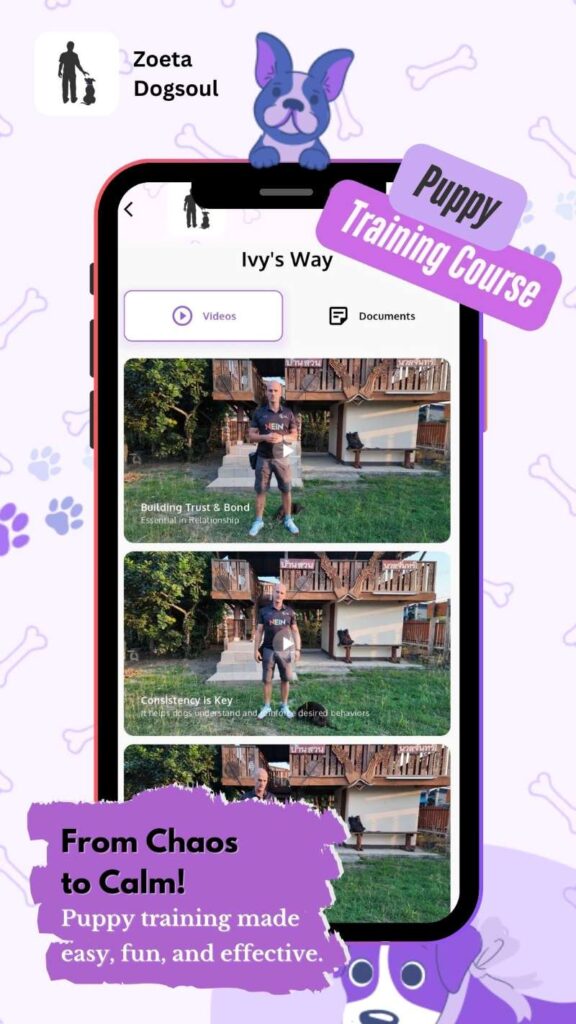
Core Training Principles: Working With Corgi Intelligence
The 10-15 Minute Sweet Spot
Research confirms what experienced Corgi owners know: these dogs learn best in short, intense bursts. Their herding heritage required brief periods of intense focus followed by watchful waiting. Training sessions longer than 15 minutes often see diminishing returns as your Corgi’s attention fragments.
But here’s the NeuroBond twist: we’re not confined to formal training sessions. Instead, we create multiple micro-training moments throughout the day. Three minutes here, five minutes there—always ending on success, always leaving them wanting more. This approach aligns with your Corgi’s natural attention patterns while building consistent neural pathways through repetition.
Positive Reinforcement with Herding Context
While positive reinforcement forms our foundation, the NeuroBond approach recognizes that herding breeds sometimes require what behaviorists call “contextual boundaries.” These aren’t punishments but clear information about what doesn’t work. When your Corgi attempts to herd children by nipping, a firm “no” paired with immediate redirection to an appropriate herding game provides both boundary and solution.
The key is timing and consistency. Your Corgi’s brain processes consequences in real-time—a correction delivered even seconds late becomes disconnected from the behavior. This is why the NeuroBond method emphasizes preventing unwanted behaviors through environmental management while reinforcing desired alternatives.
The Power of Indirect Learning
Corgis excel at what we call “observational learning”—acquiring behaviors by watching rather than direct instruction. In multi-dog households, your Corgi will often learn faster by observing another dog being rewarded than through direct training. The NeuroBond approach leverages this by creating learning scenarios where your Corgi can observe cause and effect without pressure to perform.
Behavioral Challenges: Solutions Through Understanding
The Barking Symphony
Your Corgi’s tendency toward excessive barking isn’t a flaw—it’s a feature. Herding dogs needed to be heard across Welsh valleys, and your Corgi inherited those powerful vocals. The NeuroBond approach doesn’t attempt to eliminate barking (an impossible and unfair goal) but instead teaches the “quiet” command as an equally rewarding behavior.
We start by acknowledging the bark—”Thank you for telling me”—which satisfies your Corgi’s need to communicate. Then we redirect to quiet with reward, creating a pattern where your Corgi learns that alerting you is good, but continuing to bark yields no additional benefit. This respects their instinct while establishing household harmony.
Resource Guarding: The Herding Heritage
Corgis can develop resource guarding behaviors rooted in their breeding to protect flocks from predators. This isn’t aggression in the traditional sense but a deeply ingrained protective instinct. The NeuroBond method addresses this through “trading up” exercises—teaching your Corgi that giving up resources leads to better outcomes, never loss.
Starting with low-value items, we create scenarios where your Corgi learns that approaching hands near their resources predicts wonderful things. Gradually, this reconditioning overrides the instinctive guarding response, but we never challenge or “dominate” our way through the behavior. That approach only confirms your Corgi’s belief that resources need protecting.
The Herding Nip Redirect
Those ankle-nipping behaviors that emerge around moving children or running pets aren’t aggression—they’re your Corgi’s attempt to control movement using their ancestral tools. The NeuroBond solution involves creating appropriate outlets for this drive while establishing clear boundaries about human and pet herding.
We introduce “herding games” using appropriate toys and structured activities. Chasing and controlling a large exercise ball, managing the movement of toy sheep, or participating in formal herding trials if available—these activities satisfy the neurological need while keeping teeth off ankles. When inappropriate herding occurs, we interrupt and immediately redirect to an appropriate outlet, teaching your Corgi the right context for their instincts.
Advanced Training Strategies: Elevating the Partnership
The Boredom Factor
Your Corgi’s intelligence means they’ll quickly tire of repetitive training. Research shows that Corgis can become “too easy” to train, learning patterns so quickly that they begin anticipating and gaming the system. The NeuroBond approach embraces this by constantly evolving our training games.
We might teach “sit” in five different ways, each with slightly different cues and contexts. This prevents habituation while strengthening the core behavior across multiple neural pathways. Your Corgi stays engaged because they’re constantly solving new puzzles, even when learning fundamental behaviors.
Channeling the Working Drive
Modern Corgis living in apartments still carry the genetic architecture of working dogs. Without appropriate outlets, this drive manifests as destructive behaviors, excessive barking, or obsessive patterns. The NeuroBond method creates “jobs” that satisfy this need within your lifestyle constraints.
These might include puzzle feeders that mimic foraging, “find it” games that engage tracking instincts, or structured tasks like carrying a backpack on walks. The key is regularity and purpose—your Corgi needs to feel they’re contributing to the household pack, not just existing within it.
The Senior Learner Advantage
While puppyhood offers critical learning windows, adult and senior Corgis bring advantages to training. Their longer attention spans and established neural patterns mean they can engage with complex training scenarios younger dogs can’t manage. The NeuroBond approach adjusts for age-related changes—accounting for potential arthritis when teaching positions, adapting for any cognitive changes, and celebrating the wisdom that comes with maturity.
Senior Corgis often excel at nuanced communication, reading subtle cues younger dogs miss. We leverage this sophistication by introducing more complex cooperative tasks that honor their experience while keeping their minds sharp.
Instinct. Partnership. Connection.
Ancient wisdom endures. Your Pembroke Welsh Corgi carries the legacy of working side by side with Welsh farmers, making decisions in real time and navigating complex environments. This heritage shapes a dog who values autonomy yet thrives when their instincts are honoured through mutual respect and trust.
Every glance speaks. The NeuroBond approach recognises that your Corgi’s intelligence is not a challenge to overcome but a bridge to cross together. By engaging their natural decision-making process and working with their sensitivity to space and movement, you transform training from a series of commands into an ongoing dialogue.
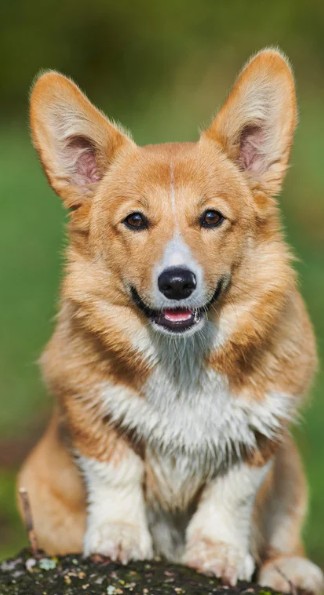
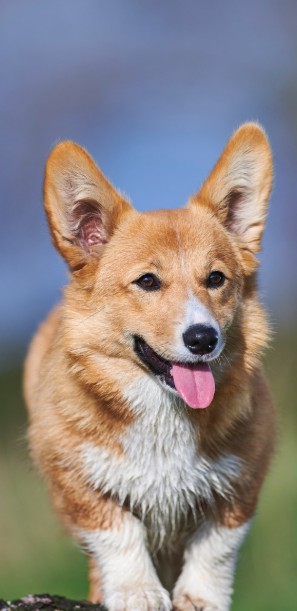

Partnership over pressure. Control alone cannot unlock a herding mind; connection can. By building an “invisible leash” through shared understanding and rewarding check-ins, you create a Corgi who chooses cooperation—not out of obedience, but out of a bond that makes following your lead the most rewarding choice.
Exercise & Mental Stimulation: The Dual Requirement
The 25 MPH Reality
Despite their short legs, Corgis can reach impressive speeds—up to 25 mph when motivated. This isn’t just a fun fact; it reflects their significant exercise requirements. The NeuroBond approach recognizes that a tired Corgi is only temporarily manageable—a fulfilled Corgi is consistently cooperative.
Physical exercise alone won’t satisfy your Corgi’s needs. Their herding heritage demands mental engagement alongside physical activity. A two-mile walk might tire their body, but without mental stimulation, you’ll still have a restless dog. We recommend a 60/40 split: 60% physical exercise enriched with training elements, 40% pure mental challenges.
Structured Freedom
The NeuroBond method introduces “structured freedom”—off-leash or long-line experiences where your Corgi can make choices within safe parameters. This satisfies their independence while maintaining connection. During these sessions, we practice the “invisible leash” concept, where your Corgi chooses to maintain proximity not from obligation but from preference.
These sessions might occur in secure fields, using a 30-foot training line, or in carefully selected environments. The goal isn’t just exercise but reinforcing that freedom doesn’t mean disconnection—it means expanded partnership.
Health & Training Intersections
The Weight Management Challenge
Corgis’ tendency toward obesity isn’t just a health concern—it directly impacts training success. Extra weight affects their ability to perform physical behaviors, reduces stamina for training sessions, and can exacerbate the joint issues common in the breed. The NeuroBond approach integrates weight management into training itself.
We use training treats strategically, calculating them as part of daily caloric intake. More importantly, we emphasize non-food rewards—play, praise, and privileges—that provide reinforcement without calories. Your Corgi learns that cooperation yields various rewards, not just treats, creating a more balanced and sustainable training relationship.
Managing Genetic Predispositions
Hip dysplasia and intervertebral disc disease aren’t just health concerns—they’re training considerations. The NeuroBond method adapts traditional training postures to protect vulnerable joints. Instead of repeated “sit” commands that stress the spine, we might emphasize “stand” or “down” as default positions. We build strength through appropriate exercise rather than repetitive positioning that could cause harm.
Understanding your Corgi’s genetic vulnerabilities allows us to create training programs that build supportive musculature while avoiding potentially harmful repetitions. This preventive approach means your Corgi can maintain training engagement throughout their life.
Creating the Training Environment
Space as a Training Tool
Your Corgi’s spatial sensitivity means the environment itself becomes a training tool. The NeuroBond approach carefully structures spaces to support learning. We create clear zones—rest areas, play spaces, training grounds—that help your Corgi understand contextual expectations.
This might mean designating a specific mat for settle training, using baby gates to create visual boundaries without isolation, or establishing “threshold rules” at doorways. Your Corgi’s herding brain excels at understanding spatial patterns, so we leverage this strength rather than fighting against it.
The Multi-Dog Dynamic
In households with multiple dogs, your Corgi will likely attempt to establish control—not through aggression but through herding behaviors. They might police other dogs’ activities, control access to resources, or attempt to organize play. The NeuroBond approach doesn’t suppress this tendency but channels it appropriately.
We create structured group activities where your Corgi can exercise their organizational instincts under guidance. Group training sessions, organized play periods, and managed feeding times allow your Corgi to participate in household management without becoming a tyrant. This satisfies their need for control while maintaining harmony.
Lifestyle Integration: Living with a Thinking Dog
The Family Herder
Your Corgi will naturally attempt to organize family movement—gathering children for meals, herding everyone to the door for walks, maintaining vigilance over household routines. The NeuroBond approach celebrates this tendency while establishing appropriate boundaries.
We teach children how to interact with their Corgi’s herding instincts—stopping movement when nipped, redirecting to appropriate games, understanding that their dog is trying to keep them safe, not control them. This creates family harmony while respecting your Corgi’s genetic programming.
The Routine Keeper
Corgis thrive on routine, often becoming the household timekeeper. They’ll remind you about walk time, dinner time, and bedtime with remarkable precision. The NeuroBond method uses this to advantage, creating training opportunities within daily routines that require no extra time investment.
Morning greetings become impulse control exercises. Meal times include wait commands. Doorway passages require automatic sits. These integrated training moments accumulate into comprehensive behavioral patterns without feeling like formal training.
Troubleshooting Common Challenges
The Selective Listener
When your Corgi seems to develop “selective hearing,” they’re usually telling you something important about your training relationship. Either the reward isn’t worth the effort, the environment is too distracting, or they’re processing conflicting information. The NeuroBond approach addresses each possibility systematically.
We audit your reward system—are you competing with more interesting environmental reinforcers? We examine distraction levels—are we asking for PhD-level focus in a kindergarten-ready dog? We check for confusion—are our cues consistent and clear? This diagnostic approach solves problems at their root rather than escalating consequences.
The Overexcited Greeter
Your Corgi’s enthusiasm for visitors can manifest as jumping, barking, and general chaos. This isn’t rudeness—it’s overflow of social excitement combined with herding instincts to control guest movement. The NeuroBond solution involves creating a greeting ritual that channels this energy productively.
We establish a “greeting station”—a specific place where your Corgi goes when the doorbell rings. They learn that maintaining position there leads to eventual guest interaction, while breaking position delays it. This gives them a job during greetings while managing their impulses. Gradually, the ritual becomes automatic, transforming chaos into controlled enthusiasm.
Advanced NeuroBond Techniques
The Invisible Cue System
As your partnership deepens, the NeuroBond approach introduces increasingly subtle communication. A slight shift in breathing pattern becomes a cue to settle. A particular walking rhythm signals training time. These invisible cues emerge naturally from consistent partnership, creating an almost telepathic appearance to outsiders.
This isn’t mystical—it’s the result of your Corgi’s exceptional ability to read patterns and micro-expressions. By consciously developing these subtle communications, we create a training relationship that transcends traditional command-response patterns.
Behavioral Chains and Life Skills
Rather than isolated commands, the NeuroBond method builds behavioral chains that mirror real-life scenarios. “Get ready for walk” becomes a chain: find leash, bring to human, sit for attachment, wait at door, exit calmly. Each component supports the next, creating smooth, functional sequences that make daily life easier.
These chains develop through backward chaining—teaching the last behavior first, then adding preceding behaviors. Your Corgi always moves toward a known reward, maintaining motivation throughout complex sequences. This approach particularly suits the Corgi’s problem-solving nature.
Maintaining the Partnership
Evolution, Not Repetition
The NeuroBond relationship evolves continuously. What works at six months might bore your Corgi at two years. We regularly assess and adjust our approach, introducing new challenges, retiring mastered behaviors, and responding to your Corgi’s changing needs.
This might mean transitioning from food rewards to play rewards as your Corgi matures. It could involve introducing scent work to engage an aging Corgi whose physical capabilities are declining. The partnership remains dynamic, growing stronger through adaptation rather than rigid adherence to initial training protocols.
The Trust Account
Every interaction either deposits or withdraws from your trust account with your Corgi. Consistent, fair interactions build wealth in this account. Confusing commands, unfair corrections, or broken promises make withdrawals. The NeuroBond approach prioritizes building and maintaining this trust wealth.
This means following through on promises—if you say “walk,” you deliver a walk. It means being predictable in your responses—the same behavior yields the same consequence every time. It means protecting your Corgi from situations they can’t handle while gradually building their capabilities. This consistency creates a dog who trusts your judgment implicitly.
Conclusion: Is the NeuroBond Approach Right for You and Your Corgi?
The NeuroBond method asks more of you than traditional training approaches. It requires you to see your Corgi not as a pet to be controlled but as a partner to be understood. It demands patience with their processing speed, respect for their intelligence, and commitment to building genuine connection rather than mere compliance.
If you’re seeking a robot who responds instantly to every command, the NeuroBond approach—and honestly, a Pembroke Welsh Corgi—might not align with your expectations. These remarkable dogs offer something far more valuable than obedience: genuine partnership built on mutual understanding and respect.
But if you’re ready to engage with one of the most intelligent, loyal, and engaging breeds in the canine world—if you’re prepared to have your own intelligence challenged by a dog who thinks before they act—then the NeuroBond approach will transform your relationship with your Corgi from a series of training sessions into a lifelong conversation.
Your Corgi already possesses everything needed for this journey. Their herding heritage provides the intelligence and independence. Their sensitivity creates receptiveness to subtle communication. Their loyalty ensures they’ll meet you halfway in building this partnership. The question isn’t whether your Corgi is ready for NeuroBond training—it’s whether you’re ready to engage with them at this level.
The path ahead promises challenges—moments when that famous Corgi stubbornness emerges, when their herding instincts overwhelm your training, when their intelligence finds loopholes you didn’t know existed. But it also promises something extraordinary: a partnership with a dog who chooses to be with you, not from obligation but from genuine connection.
Welcome to the NeuroBond journey with your Pembroke Welsh Corgi. Your life is about to become far more interesting. 🧡

